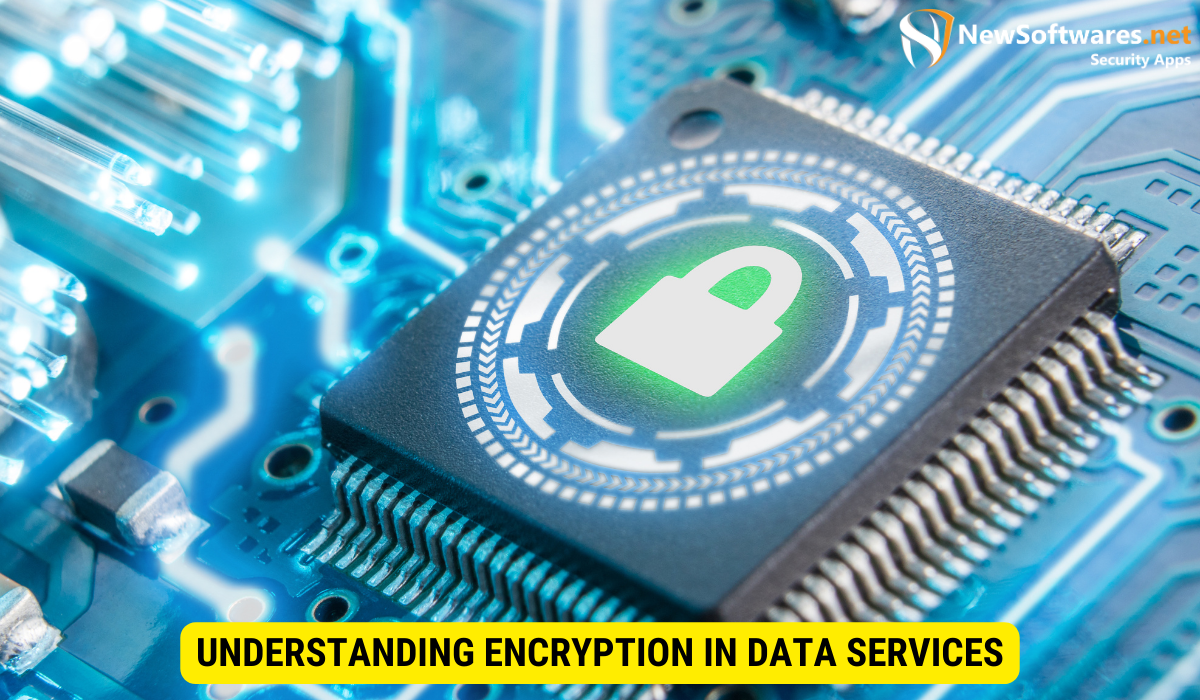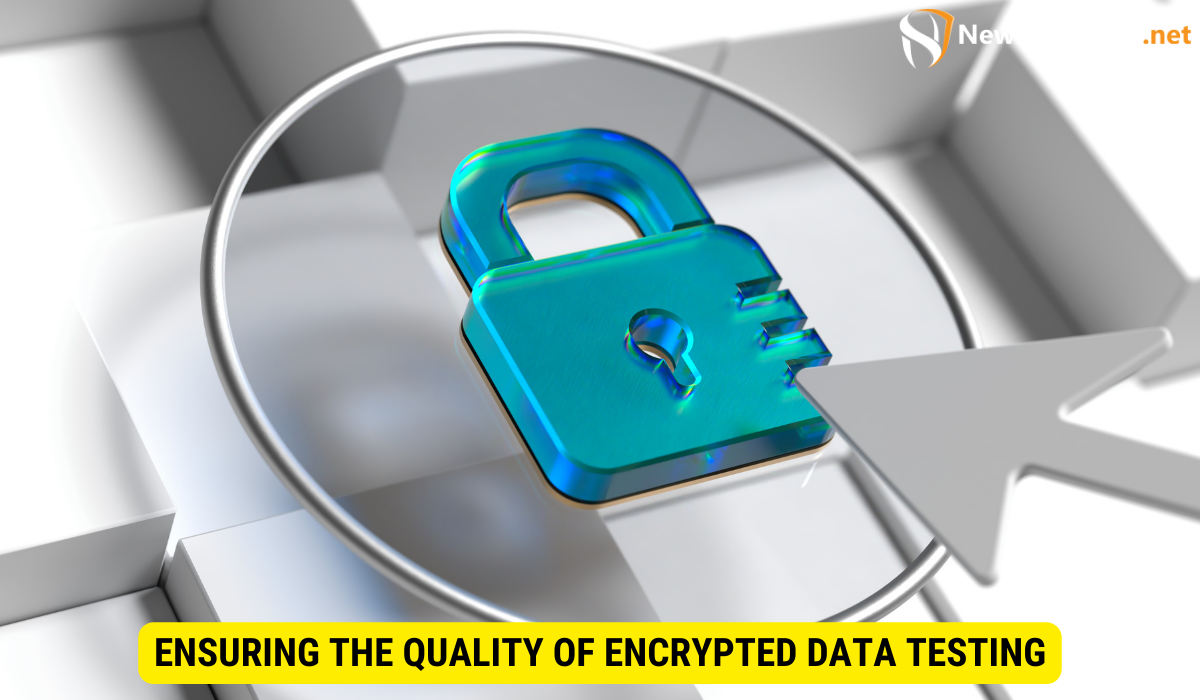To test encrypted data in services, understand encryption fundamentals, prepare with the right tools and environment, follow a step-by-step testing process, address common challenges, leverage automation and performance testing, and stay updated on encryption standards.
Data security is a top priority for businesses today, especially when protecting sensitive information from unauthorized access and potential breaches. One of the key measures used to secure data is encryption. Encryption makes sure that the data is converted into an unreadable format, making it virtually impossible for hackers to decipher. However, the effectiveness of encryption technology can only be assured through thorough testing and validation. In this complete guide, we will explore the importance of encryption in data protection and the steps and tools required to test encrypted data. We will also delve into enhanced techniques and best practices for ensuring the quality of encrypted data testing.
Understanding Encryption in Data Services

Data encryption is a fundamental aspect of modern data protection strategies. It involves converting data into an encoded format using cryptographic algorithms. The encrypted data can only be decrypted & accessed with the proper decryption key. Encryption safeguards data during transit and prevents unauthorized access to stored data, even if the physical storage media is compromised.
When protecting sensitive information, encryption plays a crucial role in data protection. It ensures the confidentiality and integrity of data, providing a layer of security that can mitigate the impact of a data breach. With encryption in place, even if attackers gain unauthorized access to encrypted data, they cannot understand or use it without the decryption key.
But how does encryption work? To understand encrypted data testing, it is essential to have a clear understanding of the key concepts associated with data encryption. Let’s explore these concepts in more detail:
Cryptographic Algorithms
Cryptographic algorithms are mathematical functions used to encrypt and decrypt data. These algorithms are designed to be secure and resistant to attacks. Various cryptographic algorithms are available, each with strengths and weaknesses. Some commonly used algorithms include (AES) the Advanced Encryption Standard, RSA, and Triple Data Encryption Standard (3DES).
Understanding the different cryptographic algorithms and their characteristics is crucial in choosing the right encryption method for data services. When selecting an algorithm, it is important to consider factors such as the level of security required, the computational resources available, and the specific use case.
Encryption Keys
Encryption keys are an important component of the encryption process. They are used to encrypt and decrypt data. An encryption key is a unique string of characters that determines how the data is transformed. The length and difficulty of the encryption key play a significant role in the security of the encrypted data.
There are two types of encryption keys i:e, symmetric and asymmetric. Symmetric encryption uses the same key for encryption and decryption, while asymmetric encryption uses a pair of keys – a public key for encoding and a private key for decoding.
Choosing the right encryption key management strategy is crucial for ensuring the safety of encrypted data. Key rotation, secure key storage, and strong key generation practices are essential to maintain the integrity of the encryption process.
Types of Encryption Methods
There are different types of encryption methods used in data services, each with its characteristics and use cases. Some common types of encryption methods include:
- Full Disk Encryption (FDE): This method encrypts the entire storage device, protecting all stored data. It ensures that the data remains safe even if the device is lost or stolen.
- File-level Encryption: This method encrypts individual files or folders, providing granular control over data protection. It allows for selective encryption of sensitive files, ensuring only authorized users can access them.
- Database Encryption: This method encrypts data at the database level, protecting sensitive information stored in databases. It adds a supplementary layer of safety to prevent unauthorized access to critical data.
- Transport Layer Security (TLS): This method encrypts data between systems during transit, ensuring secure network communication. It is commonly used in web applications, email, and other network-based services.
Understanding the different types of encryption methods and their strengths can help organizations choose the most appropriate method for their specific data protection needs.
In conclusion, encryption is a vital component of data protection strategies. It ensures the privacy & integrity of sensitive information, providing an additional layer of security against illegal access. By understanding the key concepts associated with data encryption, such as cryptographic algorithms, encryption keys, and different encryption methods, organizations can implement robust encryption practices to safeguard their data.
Preparing for Encrypted Data Testing
Proper preparation is vital to ensuring effective testing of encrypted data. This involves understanding the necessary tools and setting up the testing environment in a way that accurately simulates real-world scenarios.
Necessary Tools for Testing Encrypted Data
When testing encrypted data, selecting the right tools is crucial. These tools should be capable of simulating various encryption scenarios, including different encryption algorithms, key lengths, and encryption modes. Some popular tools for testing encrypted data include CyberArk, OWASP ZAP, and Burp Suite.
Setting Up Your Testing Environment
Creating a testing environment that accurately reflects the production environment is essential for accurate and meaningful test results. This involves configuring the necessary software, hardware, and security controls to mirror the real-world setup. It’s also important to ensure the testing environment is isolated and secure to prevent accidental data leakage or compromise.
The Process of Testing Encrypted Data
Once the testing environment is set up and the tools are in place, testing encrypted data can begin. This involves following a step-by-step guide and addressing the common challenges during encrypted data testing.
Step-by-Step Guide to Data Encryption Testing
Testing encrypted data involves a systematic approach to ensure that all aspects of the encryption process are thoroughly evaluated and validated. This includes testing the encryption and decryption processes, validating cryptographic algorithms, and assessing the strength of encryption keys.
Common Challenges in Testing Encrypted Data
Testing encrypted data can present several challenges that testers must be aware of. These challenges include dealing with different encryption algorithms, key management issues, and ensuring interoperability between encryption technologies. By knowing these challenges, testers can effectively plan and execute their testing strategies.
Advanced Techniques in Encrypted Data Testing
As technology advances, so do the techniques & tools for testing encrypted data. Automation and performance testing are two key areas where advanced techniques can greatly enhance the efficiency and effectiveness of encrypted data testing.
Automation in Encrypted Data Testing
With the complex nature of encrypted data testing, manual testing can be time-consuming and error-prone. Automation tools can streamline the testing process by automating repetitive tasks, generating test data, and performing comprehensive regression testing. This not only saves time but also ensures consistent and reliable test results.
Performance Testing for Encrypted Data
In addition to functional testing, performance testing is essential for encrypted data services. Performance testing measures the impact of encryption on system performance, including factors such as response times, throughput, and scalability. Organizations can uncover performance bottlenecks and optimize their systems to handle encrypted data efficiently by conducting performance testing.
Ensuring the Quality of Encrypted Data Testing

Testing encrypted data requires a structured and systematic approach to ensure quality. Best practices encompassing test planning, test execution, and test reporting are crucial elements in achieving reliable and accurate results.
Best Practices for Encrypted Data Testing
When it comes to testing the encryption features of data services, several best practices can significantly contribute to the effectiveness of the testing process. This includes creating comprehensive test plans, prioritizing risk-based tests, ensuring realistic test data, and leveraging test automation tools where appropriate.
Maintaining and Updating Your Testing Strategies
As technology and encryption techniques evolve, it is essential to continuously review and update your testing strategies. This includes staying informed about the latest encryption standards, industry guidelines, and emerging threats. Testers should actively participate in professional development activities, such as attending conferences and engaging with industry experts, to stay up-to-date with advancements in encrypted data testing.
Key Takeaways
- Data encryption is vital to data protection and requires thorough testing to ensure its effectiveness.
- Proper preparation including selecting the right tools and setting up the testing environment, is essential for accurate and meaningful test results.
- Testing encrypted data involves a step-by-step process and addressing common challenges that arise.
- Advanced techniques, such as automation and performance testing, can greatly augment the efficiency and effectiveness of encrypted data testing.
- Best practices, including comprehensive test planning and continuous learning, are crucial for ensuring the quality of encrypted data testing.
FAQs
Q: Why is encryption important for data protection?
A: Encryption ensures that data is converted into an illegible form, making it extremely difficult for unauthorized parties to access or comprehend.
Q: What tools can be used for testing encrypted data?
A: Popular tools for testing encrypted data include CyberArk, OWASP ZAP, and Burp Suite.
Q: What are the common challenges in testing encrypted data?
A: Common challenges include dealing with different encryption algorithms, key management issues, and ensuring interoperability between encryption technologies.
Q: How can automation enhance encrypted data testing?
A: Automation tools can streamline testing, saving time and ensuring consistent and reliable test results.
Q: Why is performance testing important for encrypted data?
A: Performance testing measures the impact of encryption on system performance and helps identify any bottlenecks that may affect the system’s overall performance.
Conclusion
Effective testing of encrypted data is crucial to ensure the security and integrity of important information. By following a systematic and structured approach to testing, organizations can gain confidence in the protection provided by their encryption measures. From understanding the importance of encryption to mastering advanced testing techniques, testers can play a vital role in safeguarding data in today’s digital landscape.
